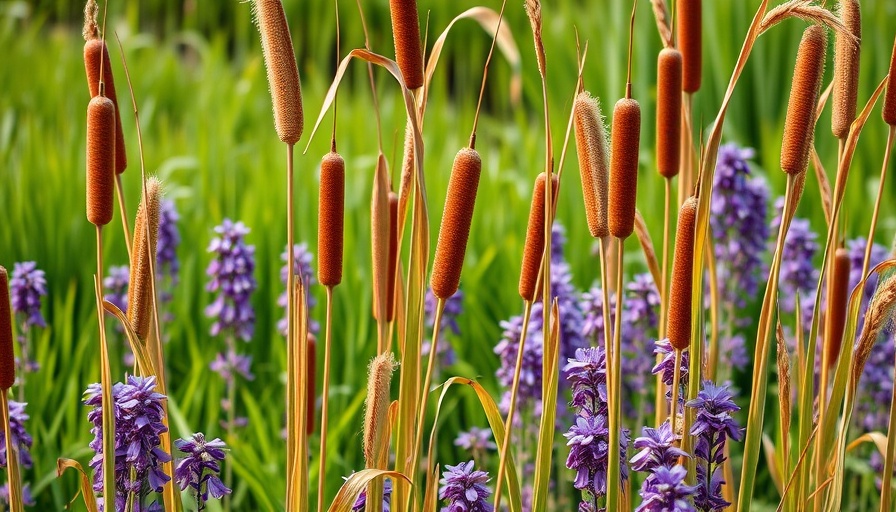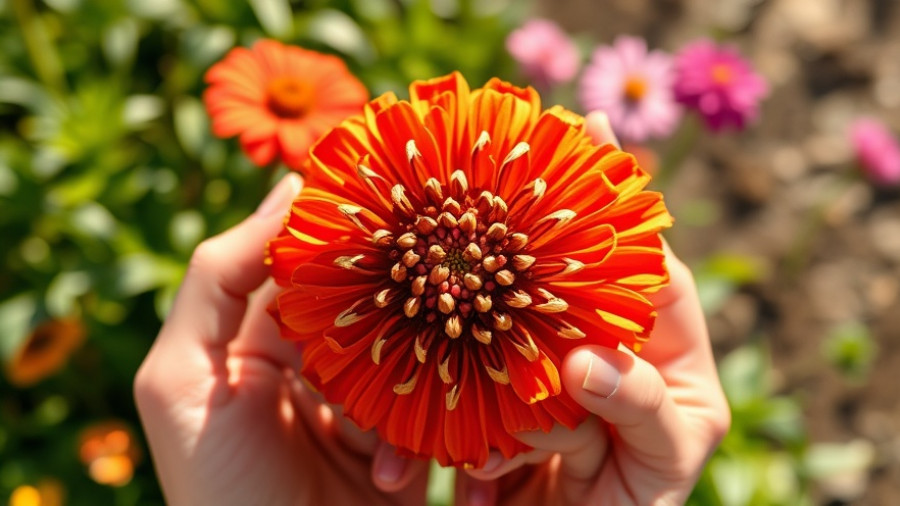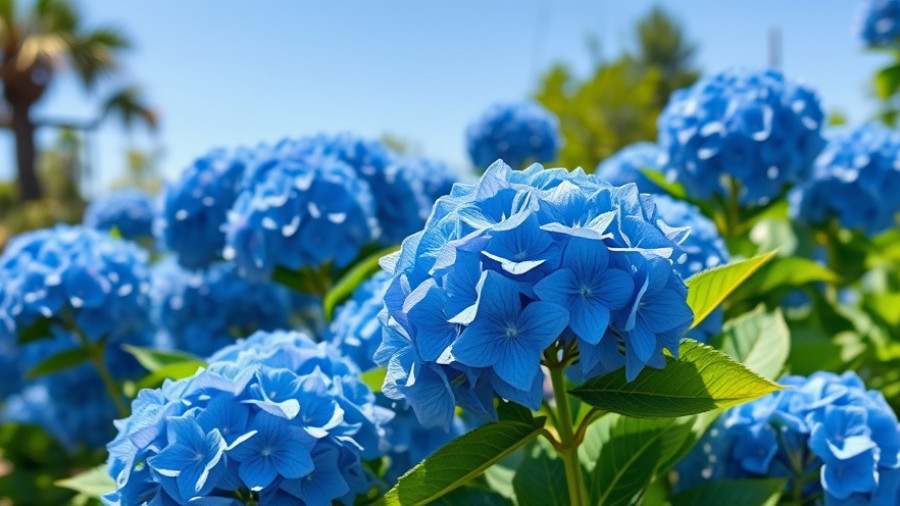
Why Keeping Invasive Weeds at Bay Matters
A well-maintained backyard pond not only enhances your landscape but also nurtures an ecosystem where natural beauty thrives. Unfortunately, invasive pond weeds such as hydrilla, cattails, and others can quickly disrupt this harmony, leading to reduced water quality and wildlife health. These weeds can choke out beneficial plants, degrade aesthetics, and even diminish property value.
Identifying Invasive Pond Weeds
Successful pond management hinges on early identification and removal of invasive species. Here are a few notorious offenders:
Cattails: Friends or Foes?
Many homeowners mistakenly believe all cattails are beneficial. While native species enrich wetland environments, invasive types like Typha angustifolia can take over ponds, spreading aggressively through their robust root systems. Experts recommend the “cut and flood” method for effective control—trimming cattails in early spring before flooding the area to suffocate them is a proven strategy.
Hydrilla: The Nuisance You Can’t Ignore
Considered one of the most troublesome aquatic weeds, Hydrilla verticillata can thrive in almost any environment due to its ability to propagate easily from fragments left behind in the water. Its long, tangled stems create dense mats that inhibit fish movement and are challenging to remove without professional-grade equipment. Investing in specialized removal tools or considering the introduction of fish that naturally feed on hydrilla can help keep it at bay.
The Broader Impact of Invasive Weeds
Besides harming the pond's aesthetic appeal, invasive weeds can lead to ecological imbalance. Oxygen depletion due to overcrowding can result in fish kills and algae blooms, which further complicates water quality. For someone passionate about environmental stewardship and maintaining a harmonious backyard space, understanding the implications of these invasive species is vital.
Future Gardening Trends: Enhancing Your Outdoor Space
As homeowners become more aware of their ecological footprints, gardening trends are shifting towards sustainable practices. Utilizing native plants in your landscape, implementing eco-friendly yard care methods, and designing low-maintenance gardens can help combat invasive species effectively. Consider integrating container gardening and raised garden beds to promote biodiversity while beautifying your space.
Peer Insights: How Community Voices Shape Awareness
Community groups focused on environmental activism often host educational workshops on identifying and managing invasive weeds. Engaging with local initiatives can provide valuable insights and foster a sense of belonging among fellow garden enthusiasts. Sharing experiences and knowledge within the community boosts motivation and spreads awareness of sustainable practices.
Taking Action: The Next Steps for Your Pond
Now that you are equipped with knowledge about invasive pond weeds, it’s time to take proactive steps. Begin with a thorough inspection of your pond to identify any problematic growth. From there, decide on a removal strategy that aligns with your gardening philosophy, whether it's manual removal, professional assistance, or introducing natural predators.
Keeping your backyard oasis clear of invasive weeds not only enhances its beauty but fosters a healthy, vibrant ecosystem. Embrace this opportunity to improve your gardening skills by exploring resources on backyard makeover ideas, seasonal planting guides, and eco-friendly yard care. The steps you take today will create the waterside retreat of your dreams for years to come!
 Add Row
Add Row  Add
Add 




Write A Comment